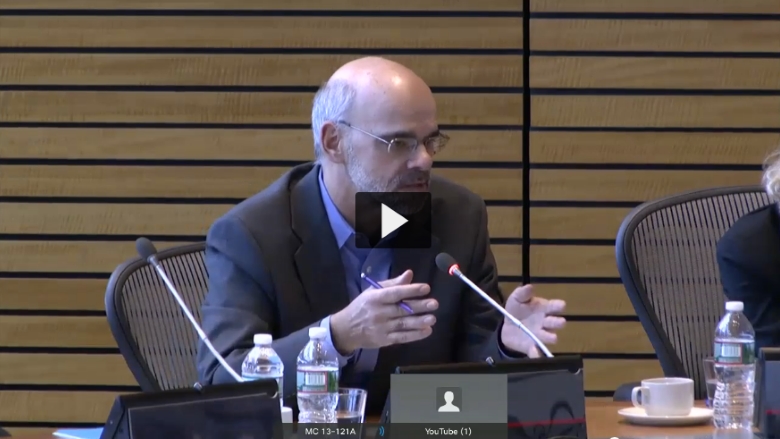Location is one of the most important determinants of welfare. Someone who moves from a village of 5,000 to a city of 5 million can expect to see, on average, a wage increase of 25 percent. New insights into economic geography—including the drivers of urbanization and the payoff from transportation investments—are helping policy makers better manage this process.
“Not every place develops at the same rate,” said Director of Research Asli Demirguc-Kunt at a recent Policy Research Talk on the topic of economic geography. “Cities pull ahead of the countryside. And different provinces develop at different rates.”
According to Uwe Deichmann, a Senior Urban Specialist at the World Bank, cities are driving these differential rates of development through the economies of scale they make possible. High-density cities allow industries to flourish through processes of sharing, matching, and learning that could not happen as efficiently at a smaller scale. And as countries urbanize, incomes go up.
While the benefits of dense cities are widely recognized now, the policy dialogue on this topic was not always so positive. A decade ago, policy makers from São Paulo to Thimphu feared the downsides of increasing urbanization, including congestion, pollution, and sprawl. But in 2009 the publication of the World Development Report on Reshaping Economic Geography helped to change those attitudes.
“People have realized that even if they tried to restrict migration to cities they couldn’t,” said Deichmann. “And in the end that’s what makes cities successful—being able to attract people.”
Beyond the “pull” factor of higher wages, new research is also highlighting the role of “push” factors driving the trend toward urbanization. In many countries of Sub-Saharan Africa, climatic changes such as reductions in the availability of moisture for agriculture are pushing people to move to cities, at least where an urban manufacturing sector can absorb migrants.



